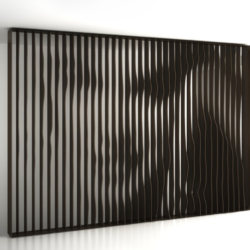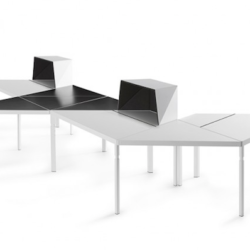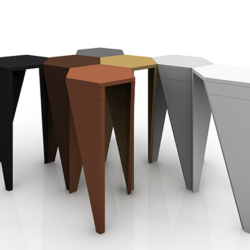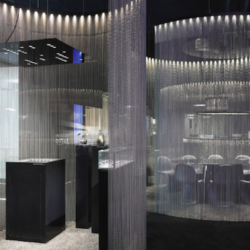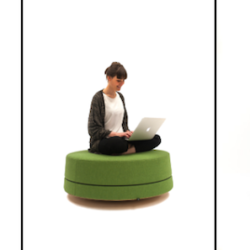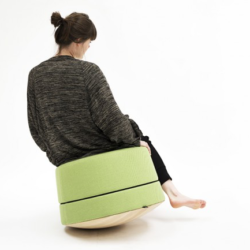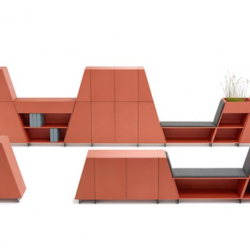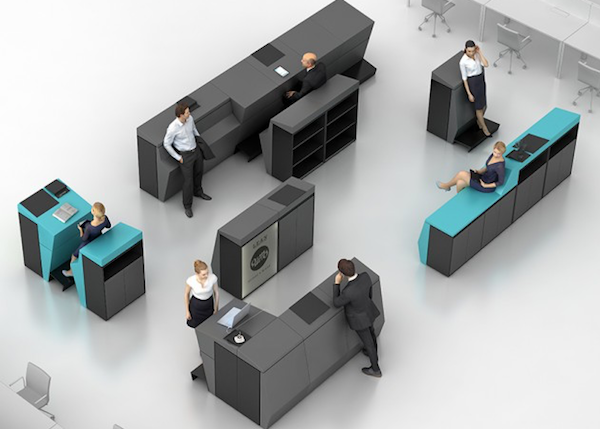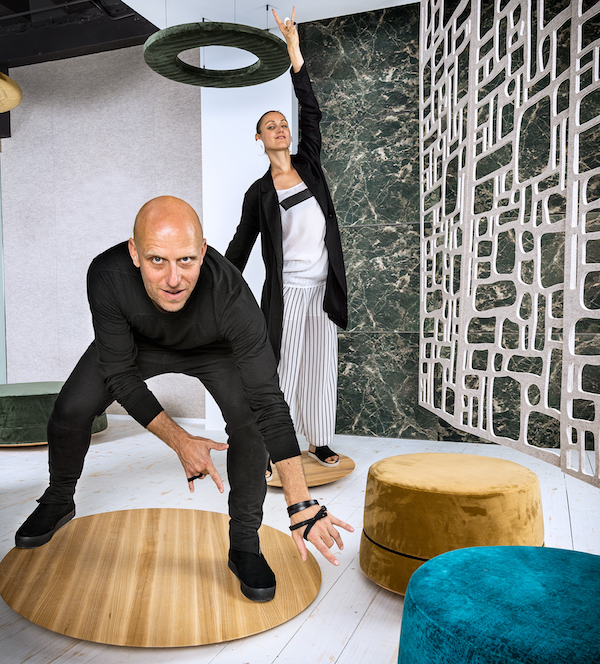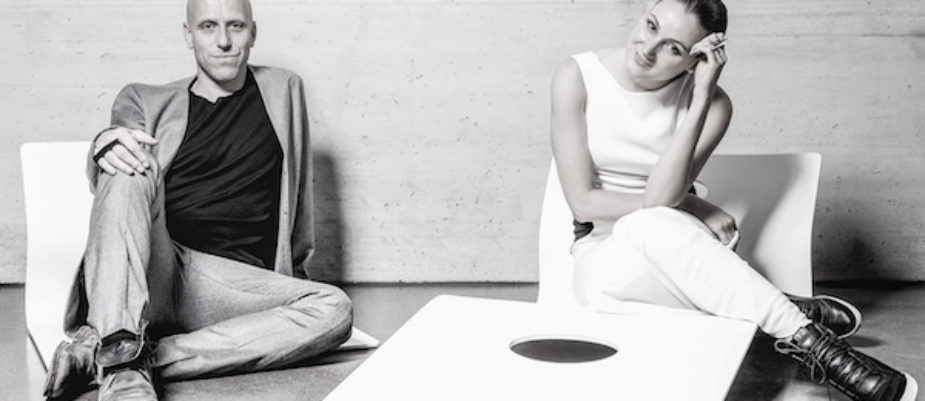
13&9, “The Soul of Design” is a interdisciplinary and multi awarded design studio founded in 2013 in Graz, by Anastasia Su and Martin Lesjak, architects, product and fashion designers. Their different backgrounds give them the flexibility to use unconventional skills in developing new products featured by a strong creative energy. 13&9 works for international companies (among these Artifort, BuzziSpace, Quinze & Milan) but they also design, produce and sell their own products. They combine functional needs and innovation with conceptual aesthetics and emotional components, in order to add a soul to the product value.
Why the name 13&9?
Anastasia Su: We wanted to have a universal name, numbers are something that are understandable globallyI represent the number 13, a digit that has followed me my entire life, from my day of birth to other significant moments. Martin’s number is 9. It’s his soccer number and very personal for him. We decided these numbers fit very well together as they symbolized partnership and something personal we built together.
Is your design approach the same everywhere and with all kinds of companies or does the approach change to the different situations?
Anastasia Su: Basically, for us, design starts with question of “relevance” behind the idea and how this relates to the function, new technologies, to environments as well including an emotional value. Our design searches for the “soul” and this requires not only fulfilling the requested purpose but also enabling the user to engage with the product. In addition to striving to add value for users we also seek that same extra value for our collaborators in our design approach. For example, when we collaborate with someone we want to know everything about their production process and materials so we can learn from each other in an aim to push the boundaries and achieve customized solutions.
Captions 1,2,3,4.
You operates on quite different markets and fields. Do your analyses show new users life styles and requirements?
Anastasia Su: The upcoming generations have grown up in a digital world where information transforms and influences their lifestyle. In general, they need transparency and want to know the stories and approaches behind the products they purchase so there is movement in the millennial generation to push for even more transparency and environmental responsibility and meaning.
Are there any conceptual “contaminations” and common elements between the many design areas you deals with?
Anastasia Su: If you are used to work collaboratively with competent partners for specific challenges and your curiosity is bigger than your previous experiences, then you are able to manage, especially in our case, different types of projects. Independent from the design areas there is always a strong need to create something innovative for individual or social use, because we don’t need another “nice object”. Sustainability is one of the main tenants of our conceptual strategy. On one hand there’s relevance and soul, but on the other hand it’s how we deal with our environment. We look to see if something can be part of a circle economy, use sustainable materials or be multifunctional, which is at our core.
Captions 5,6,7,8.
How has the workspace vision changed in the past few years and have these changes an impact on the new interior design and furniture products?
Martin Lesjak: the workspace vision has changed dramatically, because the technology changes people behavior resulting to influences of the physical space. Therefore, the interior design and furniture products have to evolve to support this new user’s behavior.
The way forward with an information society has given us the opportunity to change formal framework conditions and we can now do our work in a creatively and spatially flexible manner. This is both healthier and a lot more fun. The human being and our human needs are the focus of this development and therefore the spaces and products need to reflect this.
The creative trend definitely goes more towards clarity. The focus is on wellbeing and health is reflected in the design – reduced but playful, interactive and multifunctional. Moreover, creative labs are stepping up to promote an out-of-the-box thinking.
What scenarios and evolutions do you expect for the office and the ways of working in the near future?
Martin Lesjak: Borders between categories and function such as working, hospitality, wellbeing and living are blurring and we are heading towards an undetermined activity based environment, at home as well as in the office, hotel or cafes. My office is where I am, but there is also an increasing need for well-designed social hubs, especially in the office places where people can come together physically.
The decisive issue in our view is to create spatially functional and atmospheric variety which allows every single person to find the ideal working environment for them in a moment. On the other-hand it is essential to address the functional layout of the office to facilitate meaningful exchanges.
Captions
1, Lean, by 13&9 for Quinze & Milan, is multifunctional furniture system that responds to the needs of a contemporary workday-life, stimulating both body and mind.
2, Relief Wall Art. Spatial sculpture supported by CAD programs; a customized, living interface between artwork and interior design.
3, Trigon by 13&9 for Lande. A flexible desk system based on the concept “breaking the right angle”.
4, Hot Desk by 13&9 for Lande. Modular stand-table system.
5, Jane, lighting for Xal. Tightly packed rows of ball chains and the narrow-beam lens optics break the light of LEDs into countless facets and reflections.
6,7, BuzziBalance, by 13&9 for BuzziSpace. An active alternative to static objects, which enables balanced posture and stimulates body and mind activity. Users can balance on the board during phone calls, creative meetings and inspirational breaks or use board in pairs for team building. By adding a pouf for active seating that supports conscious balancing, sedentary working can be avoided by training the body in a playful way.
8, Petram by 13&9 for Lande.A modular arrangement of furniture that merges functional and social needs by layering storage space, interactive seating, standing, and desk areas to optimize space usage and stimulate communication at the workplace.


